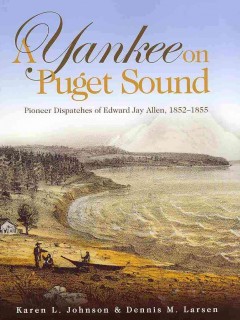
Mapmaker mystery
The Palouse, in its way, is a perfect place. A land of soft, rolling hills framed by rivers, mountains, forests, and desert, this agricultural hinterland feels all four seasons fully, and in all likelihood grows enough food to feed its inhabitants and visitors with ease. It’s home to scholars and farmers, and its story begins in the ice ages and continues today with an unrelenting flow of research from two major universities.
Despite such beauty and bounty, the Palouse has not received the artistic consideration that has Yosemite or Hudson Valley. I’ve never seen anything like that, at least until a day last winter when … » More …








